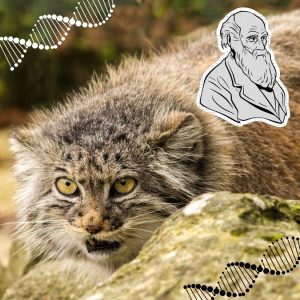Why human facial expressions are much more developed than those of domestic cats. Infographic.
Human facial expressions are significantly more obvious than those of domestic cats due to several key biological, evolutionary, and social factors: 1. Evolutionary Adaptations for Communication 2. Facial Musculature Differences 3. Domestication Effects 4. Role of Vocalization vs. Expression 5. Eyebrow Movement & Whites of the Eyes (Sclera Visibility) Conclusion: Human facial expressions evolved …







